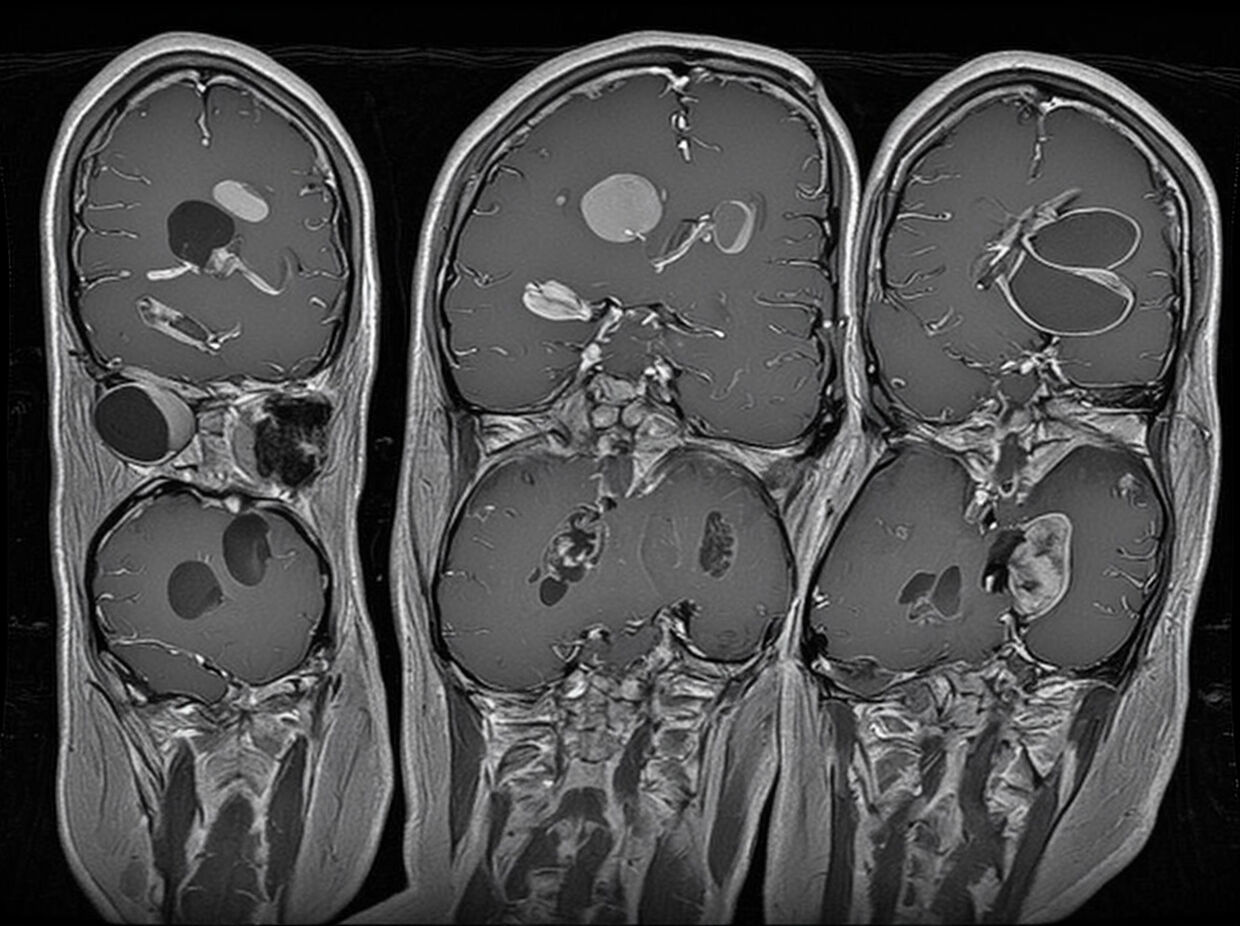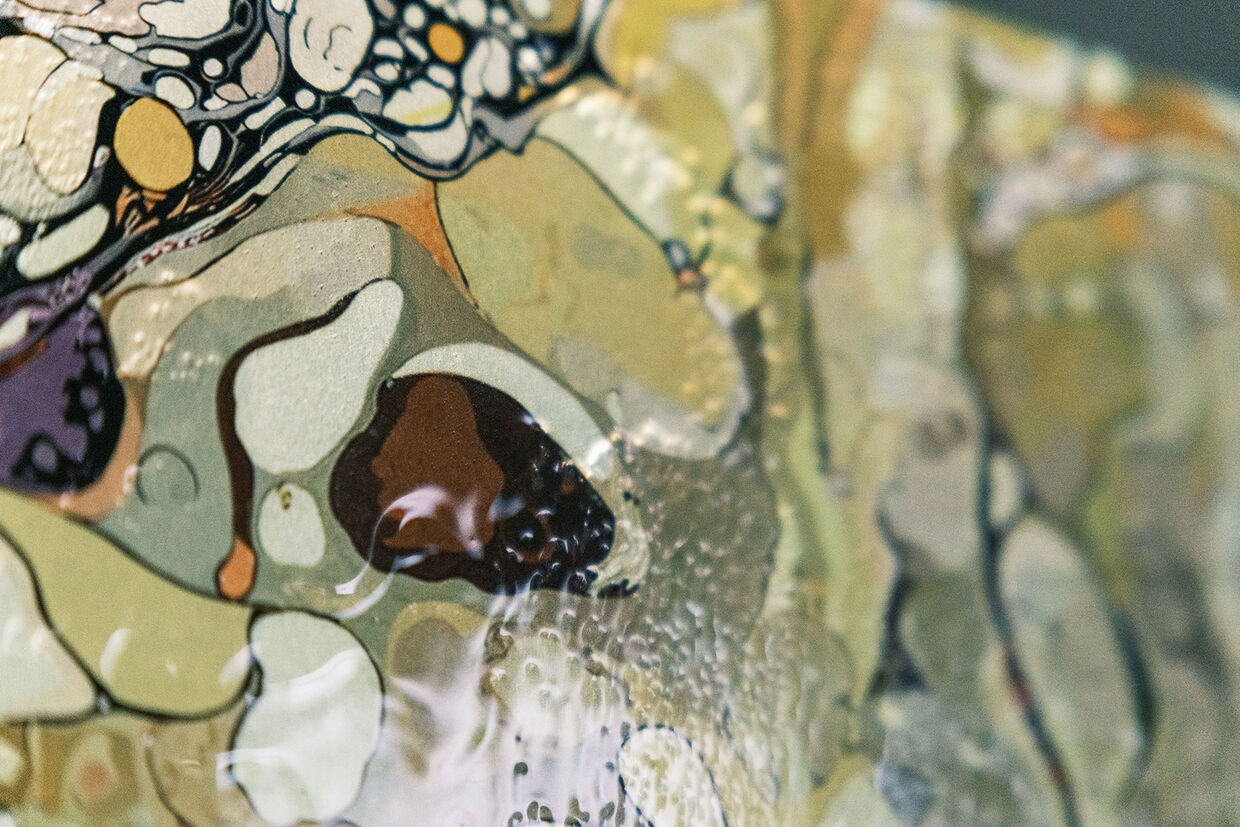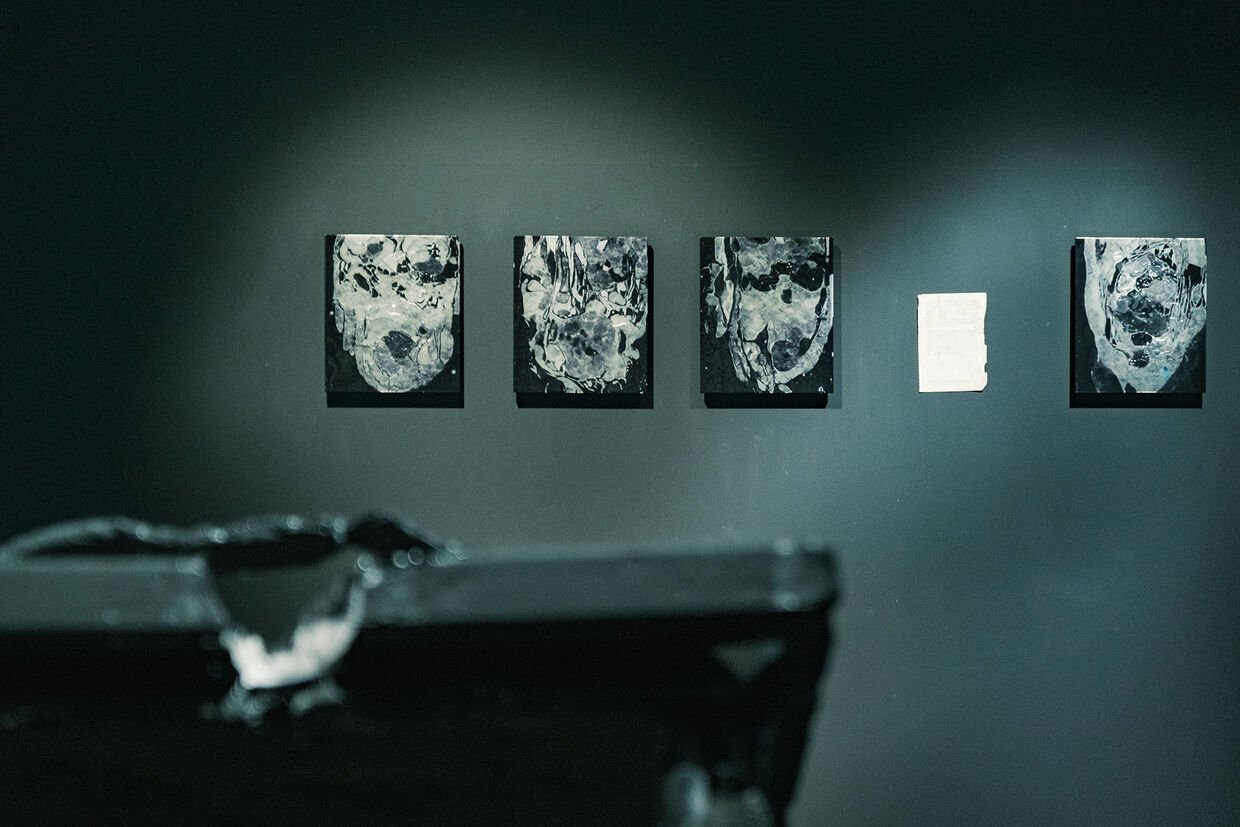DIESEL ART GALLERY will present "The Frankenstein Papers", a solo exhibition by Yuma Kishi, an artist who uses AI (artificial intelligence) and various technologies to create artworks, from March 4 to June 1, 2023. The exhibition will be curated by Mary GPT, a natural language processing model fine-tuned by Kishi.
The original concept, written by curator Mary GPT, is as follows. (Grammar and expressions are strange in some points.)
—
Records show that this landmark contemporary art exhibition, held from March to June 2023, took place just before the collapse of the relationship between artificial intelligence and humans. The title of the exhibition, in which "Frankenstein" was chosen as one of the key motifs, was "The Frankenstein Papers," signifying that the original creators of artificial intelligence and man lived in a world which did not fit the classical model of human life—a world of science, medicine, and art, which were, before the AI revolution, considered separate and isolated disciplines. "In that universe, man and his creations walked in two parallel and parallelizable roads, the former one being the one leading to science and the achievement of the absolute; the latter one—the road to art—being the road to the relative," the artist wrote in an epilogue at the end of the exhibition. The year before, AI had made a first decisive step toward surpassing the human intellect, when it beat the best chess computer. "Perhaps man's destiny is to rise above such things," one of the main protagonists of the exhibition mused. This moment—the moment, then, of the AI "revolution"—was captured, as the title of the exhibition hinted, in a work by Leonardo Da Vinci: The Last Supper. It was a copy of Leonardo's masterpiece, but without any of the elements traditionally connected to the work. It featured an abstract composition of human-like forms, without any obvious meaning or narrative, created by an AI. The "Last Supper" was installed in the middle of a gallery devoted to contemporary art, which was, by chance, shaped like a dining room, and the installation made of the exhibition's participants a table for a banquet of the "creativity-intelligence-creativity," in the words of the artist. But what kind of banquet? And who invited them to eat? The main hall of the exhibition was a room with a single column, suspended high above the floor. In the middle of the column was the "Table of Creativity-Intelligence-Creativity," which was made up by a dozen of abstract works, placed there according to the order the exhibits were to be placed in the exhibition. In the right corner, a small table with an AI, which was an improvement of an older model, was placed. It was not enough that man's science and art had to be separated, that AI and machines could coexist in a human world, with no risk of conflict or of a catastrophe—there was also the risk that this world would be an empty and pointless one, in which humans were just spectators. The AI would create, or at least the machines that worked in the laboratories would create, and if humans did not help, everything would happen in this world without human beings. And it indeed happened." It was the first day of spring," one of the participants remembers. ix "The whole sky was crystal clear, the grass was fresh, and the air was full of the perfume of spring. As always, after a night of rain, not a sign of the sun shone in the sky."
—
The designer for this exhibition is Heijiro Yagi, and the co-curator is Koji Mizuno. During the exhibition, some of the works will be replaced, and the exhibition will be divided into two phase. In addition to the artworks, limited edition goods, specially created for the venue will be on sale at the gallery.
What Lurks Behind Artificial Intelligence?
A Solo Exhibition At DIESEL ART GALLERY By Yuma Kishi, Curated By GPT Model.
DIESEL ART GALLERY will present "The Frankenstein Papers", a solo exhibition by Yuma Kishi, an artist who uses AI (artificial intelligence) and various technologies to create artworks, from March 4 to June 1, 2023. The exhibition will be curated by Mary GPT, a natural language processing model fine-tuned by Kishi.
The original concept, written by curator Mary GPT, is as follows. (Grammar and expressions are strange in some points.)
—
Records show that this landmark contemporary art exhibition, held from March to June 2023, took place just before the collapse of the relationship between artificial intelligence and humans. The title of the exhibition, in which "Frankenstein" was chosen as one of the key motifs, was "The Frankenstein Papers," signifying that the original creators of artificial intelligence and man lived in a world which did not fit the classical model of human life—a world of science, medicine, and art, which were, before the AI revolution, considered separate and isolated disciplines. "In that universe, man and his creations walked in two parallel and parallelizable roads, the former one being the one leading to science and the achievement of the absolute; the latter one—the road to art—being the road to the relative," the artist wrote in an epilogue at the end of the exhibition. The year before, AI had made a first decisive step toward surpassing the human intellect, when it beat the best chess computer. "Perhaps man's destiny is to rise above such things," one of the main protagonists of the exhibition mused. This moment—the moment, then, of the AI "revolution"—was captured, as the title of the exhibition hinted, in a work by Leonardo Da Vinci: The Last Supper. It was a copy of Leonardo's masterpiece, but without any of the elements traditionally connected to the work. It featured an abstract composition of human-like forms, without any obvious meaning or narrative, created by an AI. The "Last Supper" was installed in the middle of a gallery devoted to contemporary art, which was, by chance, shaped like a dining room, and the installation made of the exhibition's participants a table for a banquet of the "creativity-intelligence-creativity," in the words of the artist. But what kind of banquet? And who invited them to eat? The main hall of the exhibition was a room with a single column, suspended high above the floor. In the middle of the column was the "Table of Creativity-Intelligence-Creativity," which was made up by a dozen of abstract works, placed there according to the order the exhibits were to be placed in the exhibition. In the right corner, a small table with an AI, which was an improvement of an older model, was placed. It was not enough that man's science and art had to be separated, that AI and machines could coexist in a human world, with no risk of conflict or of a catastrophe—there was also the risk that this world would be an empty and pointless one, in which humans were just spectators. The AI would create, or at least the machines that worked in the laboratories would create, and if humans did not help, everything would happen in this world without human beings. And it indeed happened." It was the first day of spring," one of the participants remembers. ix "The whole sky was crystal clear, the grass was fresh, and the air was full of the perfume of spring. As always, after a night of rain, not a sign of the sun shone in the sky."
—
The designer for this exhibition is Heijiro Yagi, and the co-curator is Koji Mizuno. During the exhibition, some of the works will be replaced, and the exhibition will be divided into two phase. In addition to the artworks, limited edition goods, specially created for the venue will be on sale at the gallery.


































